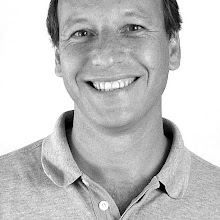What is light painting? As you would expect from the name it's basically using light to paint a photographic image. There is actually several quite distinct variations of light painting.
1) Using a light to create trails or writing in the image. Some people like to write words, or trace outlines. Essentially you are exposing the image and leaving trails by moving the light source around in the frame. If you want to see an example of this, check out this link
2) Coloured strobes.
There are some incredible photographers who paint with coloured light. Essentially firing strobes with coloured gels on them to illuminate a scene in puddles of coloured light. Click here to see a good example of this technique.
3) Painting the landscape with more natural light.
This is the type of light painting that personally interests me. Essentially you are using light sources to paint parts of the landscape with man-made light. Here's an example of one of my recent images that involve light painting.

The image involved shooting a background image of the rocks and then blending in individual images of each of the rocks that were illuminated by different light sources.
So what sort of light sources should you use for light painting? Thats where the fun begins. Each light source has different qualities.... colour temperature, harshness, intensity etc.
I'm not going to spoil your fun by telling you what I use... because there is no right or wrong answer.... half the fun of light painting is thinking about what light sources you have and experimening with them... studying their qualities and working out what you like and don't like about each source. Doesn't matter whether it is a torch or a strobe..... I suggest you get ou there... lock your camera open and just start experimenting in your back yard to learn about the light sources before you get out on location.
If you have done some experimentation and want some advice, drop me an email and I'll be happy to look at what you are doing and providing some pointers if required.... but I'm not going to short circuit the experimentation process for you by telling you what light sources I use. I have been experimenting for about 3 months with different light sources.
I have built two light painting rigs and I'm just about to build a 3rd one. Each time I build one I learn a lot about what I need in a light painting source. Get out there and have some fun and see what you can paint.
Brent
2)





